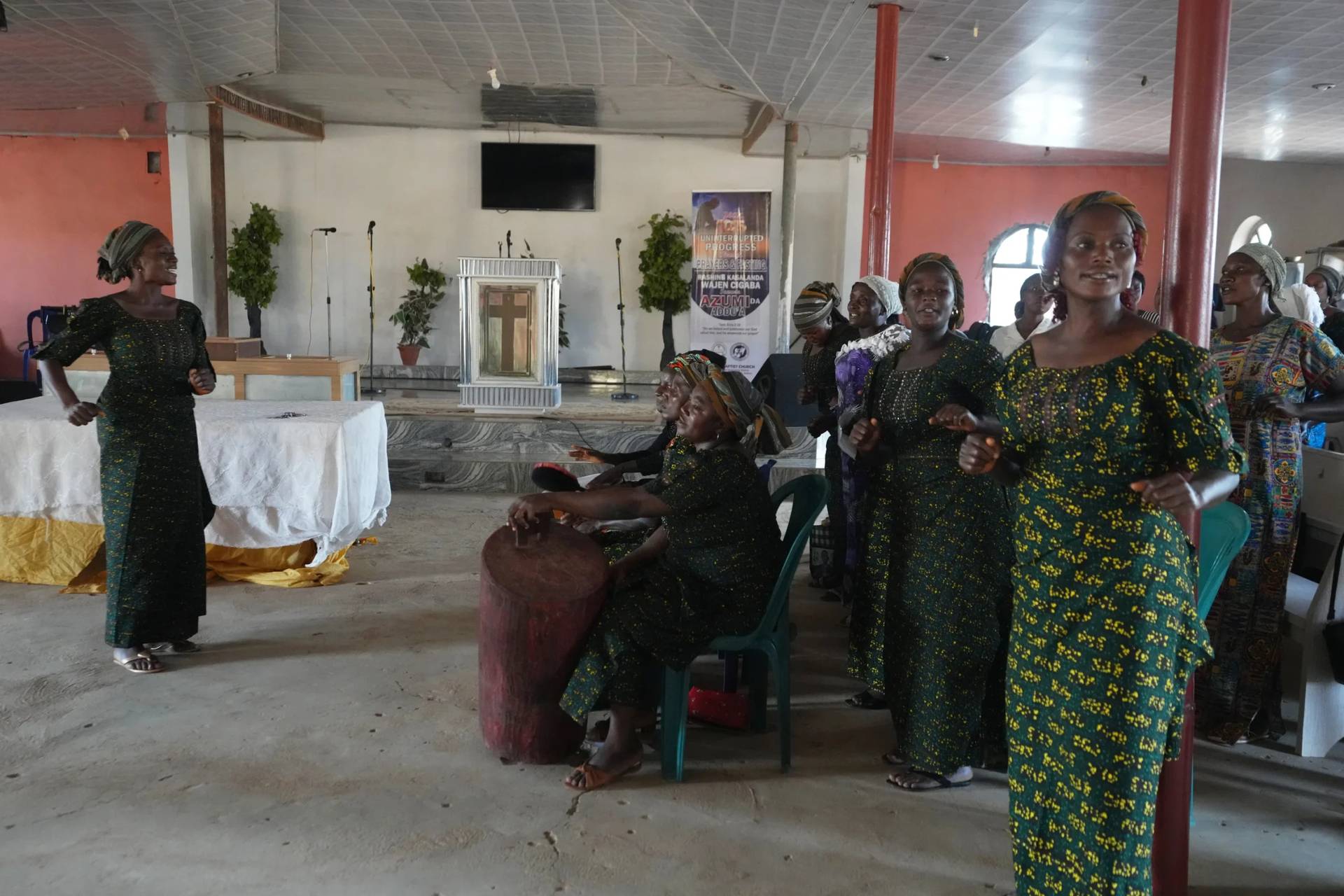There’s a regrettable but typical spiritual process: a person has a conversion experience, decides to work on her spiritual life, tries to pray, but eventually fades off and ends up spiritually where she was before, or even in a darker place.
Some observe such a sequence of events and depressingly conclude: “The more things change, the more they stay the same.” It’s concluded that the spiritual life is ambiguous, heavy, and just unattainable.
Is such a conclusion true? Is the spiritual life a pipe dream, something that’s just too complicated or slippery for the average person to live or maintain in the midst of the world today?
There is a series of answers to such questions, as there is also an array of reasons why the spiritual life seems difficult or elusive to people. Putting aside many other possible reasons, one unrecognized or unappreciated reason for the difficulty is that the spiritual life must complement and edify the person according to her state in life.
Namely, the person’s gender, culture, age, vocational status (married, single, or in consecrated church service), temperament, talents, and ways of looking at things must be taken into consideration. In essence, a person’s spiritual life has to reflect who she is and not who some saint or spiritual master who wrote some book or gave some conference at some point in church history, or even in the person’s own experience.
A foundational truth of the spiritual life asserts that every human person is made in the image of God. Each person, therefore, is an incommunicable being. They cannot be duplicated as a person. Popular jargon would simply say that the person is “unique.”
They are the best at being themselves. As such, each person reflects in herself something of the divine nature which no one else can give, and which no one else can replace, repeat, or substitute. The human family can be enriched by this person in such a way as it cannot be enriched by any other person.
Adding to this truth is the further assertion that God calls each person by name. And so, as each person is distinctively her own, God values, acknowledges, and praises the person precisely in who they are and the gifts they possess from him.
As these foundational principles are summarized, it can be better comprehended how a person’s pursuit of the spiritual life must accompany who they are and their state in life.
What is to be done with the great spiritual classics? Are they to be avoided?
While many of the spiritual classics in the Christian tradition were written for severe ascetics, hermits, and for men and women within religious orders, they can nevertheless provide great spiritual counsel, principles, and help to any person. The application of this spiritual wisdom, however, must be adjusted according to the state of life of the person who is not called to live in a religious order.
This is the real work that is rarely done, and its absence is why many people falsely believe that in order to have a spiritual life, a person must imitate the practices, penances, and piety of the hermit, monk, or nun. This misguided perception is one reason why the spiritual life can seem so daunting to so many, and for good reason: a married women cannot live the spiritual life of a nun (and vice versa).
Each person must find her own path in the spiritual life, and it must be modeled and flow from whom she is and the state in life in which she lives.
This is not a new teaching in Christian spirituality. In the late sixteenth/early seventeenth century, St. Francis de Sales, one of the Catholic Church’s most esteemed spiritual masters, taught in his book Introduction to the Devout Life: “There is a different practice of devotion for the gentleman and the mechanic; for the prince and the servant; for the wife, the maiden, and the widow; and still further, the practice of devotion must be adapted to the capabilities, the engagements, and the duties of each individual.”
While this understanding is not new in the realm of spiritual teaching, its application has admittedly never fully been attempted in the Catholic Church until the reforms of the Second Vatican Council gave birth to the ecclesial movements. Now, within one treasury of lay spirituality, one can find the Focolare, Communion and Liberation, Schoenstatt, the Charismatic Movement, the Neocatechumenal Way, Taize, Madonna House, and so many others.
This diversity indicates the beginning of a great spiritual renewal that seeks to accommodate a person’s search and perseverance in the spiritual life with who she is and her state in life. In this way, the person who experiences a conversion and who wants to draw closer to God will be comfortable and encouraged along the way as she seeks to know God and be in a relationship with him.
















